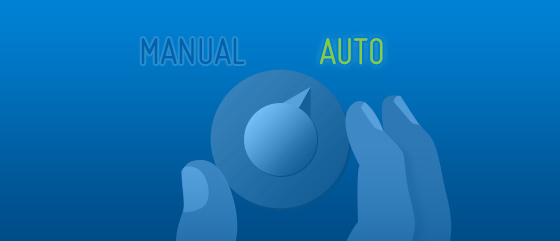In my last post I went over the basic definition of a podcast. Today I will explore where to find podcasts and how to subscribe.
However, before I get into that, I’d like to mention one more important defining quality of nearly every podcast–from the independents that are recorded in home studios, to the professional productions of cable networks, movie studios, and national radio outlets–podcasts are free. I think that’s worth repeating. Podcasts are FREE. In this era of “staycations,” “recessionistas,” and multi-billion dollar government bailouts, I think we need all the free entertainment we can get.
How To Find a Podcast
Anyway, back to the topic at hand…
No matter what your interests are, chances are there is a podcast out there for you. (And if there isn’t, you can always start one! Of course, that’s a topic for another post.) There are podcasts about music, technology, business, education, sports, politics, science, science fiction, beer, food, sex, …well, you get the idea. Most podcasts have their own websites (or, at least a dedicated section of their parent site), but your first stop when seeking out new podcasts is a podcast directory.
There are a handful of excellent directories to choose from, but ever since June of 2005, when Apple added podcasting, the iTunes Music Store has been the most important player in the game. Take a quick look at the main iTunes podcast page, and you’ll see scores of podcasts produced by various big names in national (and international) media: NPR, ESPN, CBS, CNN, HBO, BBC, etc. The complete saturation of the directory by these “corporate” podcasts demonstrates the success and viability of the podcast medium, but it also makes the thousands of independently produced podcasts a bit harder to find.
Other notable podcast directories…
Both a directory and community site for the world of independent podcasting. They offer the free “Pickle Player” tool that lets you embed your favorite podcasts on your own site.
This was the first comprehensive podcast directory, and it is still an excellent resource for both fans and podcasters alike.
If a serialized audio book is available as a podcast, you’ll find it here. All subscriptions are free, of course, and the authors get paid entirely from site donations.
The original podcast about podcasting. Host Rob Walch interviews the people behind podcasts of every variety. The site also features the extensive Directory of Directories.
How to Subscribe to a Podcast
So you’ve found some podcasts you want to check out. Now what? As we covered last time, all real podcasts are available via syndication (usually a variant of RSS, the same feed format used to subscribe to blogs), and that means you need some kind of feed aggregator. The good news is that if you already use iTunes or a service like Google Reader, you are already have all the tools you need. The listing directory usually provides the feed information for a podcast, but you can also get it from the podcast’s website. Most podcasts provide information on how to subscribe right at the top of the page–often both basic feed info and links to subscribe directly via a variety of podcatchers.
Fun with Jargon!
podcatcher – n, a type of feed aggregator, often a software application, that can identify and retrieve new files associated with a podcast when they are made available.
Once again, iTunes is the biggest kid in the pool. You can subscribe to podcasts with a single click in the iTunes Music Store, as well as download individual podcast episodes. Want to subscribe to a podcast that isn’t listed in the iTunes directory? Simply go to the Advanced tab in your iTunes player, select “Subscribe to Podcast…,” and paste the url of the podcast’s feed into the field provided. (As illustrated in the screen shot below.)
More Fun with Jargon!!
show notes – n, the blog post associated with an episode of a podcast. Show notes usually contain a summary of the episode as well as links to any websites mentioned during the show.
Google Reader is, of course, just one of many blog/feed/news readers out there that will allow you to subscribe to a podcast feed. I could try to list them all here, but why should I when Wikipedia has already done it for me?
Formerly known as iPodder, Juice was one of the first podcatchers available. It is a free, open-source software application that runs on both the Mac OS and Windows.
Another open-source, cross-platform application. It markets itself primarliy as a free video player, but it works with audio podcasts as well. In addition to standard RSS feeds, it also supports BitTorrent (allowing Peer-2-Peer downloads). I don’t have first-hand experience with Miro, but from what I’ve seen it looks very slick!
This concludes our overview of podcast directories and podcatchers. If anyone has used a service I didn’t discuss here, please leave a comment. I’d love to hear about what other poeple are using!
In forthcoming posts we will take a peek into the podcatchers of the Newfangled staff and begin to examine the production side of podcasting. But in the mean time, go out and find some great podcasts!

